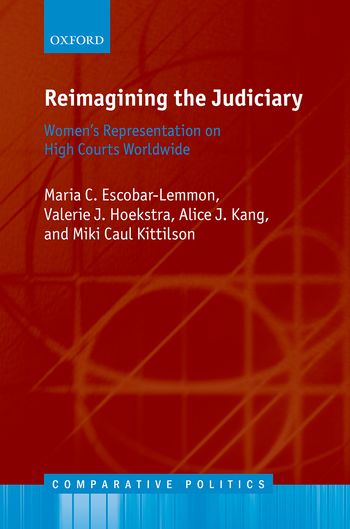
This book examines the factors that facilitate the inclusion of women on high courts, while recognizing that many courts have a long way to go before reaching gender parity. Why did women start appearing on high courts when they did? Where have women made the most significant strides?
To address these questions, the authors built the first cross-national and longitudinal dataset on the appointment of women and men to high courts. In addition, they provide five in-depth country case studies us to unpack the selection of justices to high courts in Canada, Colombia, Ireland, South Africa, and the United States. The cross-national lens and combination of quantitative analyses and detailed country studies examines multiple influences across region and time. Focusing on three sets of explanations —pipelines to high courts, domestic institutions, and international influences- analyses reveal that women are more likely to first appear on their country's high court when traditional ideas about who can and should be a judge erode. In some countries, international treaties, regional emulation, and women's international NGOs play a role in disseminating and linking global norms of gender equality in decision-making. Importantly, while informal institutions and reliance on men-dominated networks can limit access, women are making substantial strides in their countries' highest courts where the supply grows, and often where selectors have incentives to select women. Further, sustained pressure from advocacy organizations-at the local, national, and global levels-contributes to some gains.
Comparative Politics is a series for researchers, teachers, and students of political science that deals with contemporary government and politics. Global in scope, books in the series are characterized by a stress on comparative analysis and strong methodological rigour. The series is published in association with the European Consortium for Political Research.